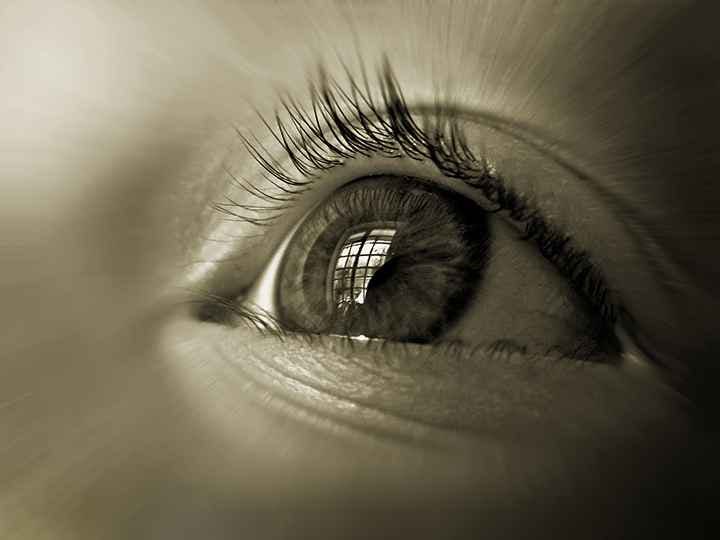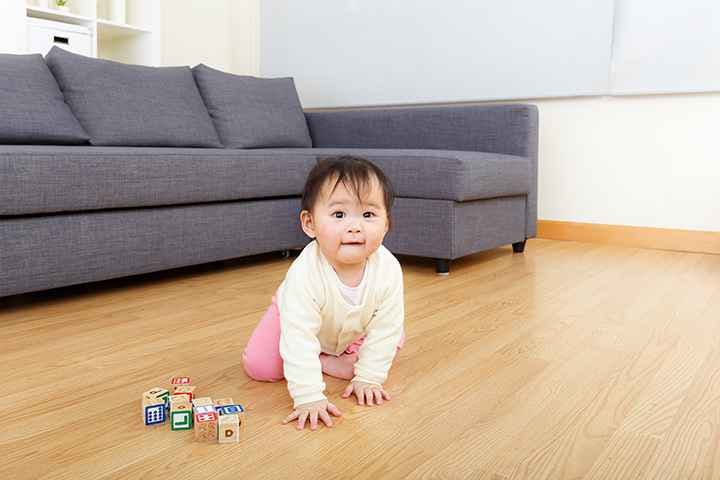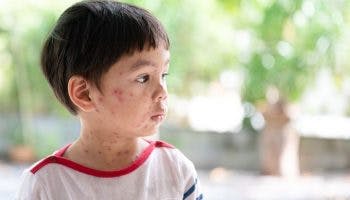Ways to Prevent Eye Problems in Babies and Children
Published | 6 min read
A good vision plays an important role for children. Keeping your children’s eyes healthy allows them to thrive in the environment they are living in.

As babies grow, they learn to use all parts of their bodies in tandem, and eye development isn’t isolated. For example, when children learn to grab things, they need to learn to coordinate both eyes to focus on a single spot with the right depth. This is why eye problems may cause overall developmental delays. Read on to find out more about your child’s eye-developmental milestones and what to look out for so that you can address vision problems early.
Milestones in infant vision development

One’s vision isn’t fully developed at birth, but significant improvements occur during the first few months of life.
0 to 4 months
Babies can’t distinguish or switch their gazes between two targets at birth. Their primary focus is on objects 8 to 10 inches from their face.
Reason for concern: If one eye appears to turn in or out constantly, or eyes are still crossed after 4–6 months, consult a paediatrician.
5 to 8 months
During these months, depth perception and distinguishing subtle colour differences develop.
If your baby does not appear to respond visually to the environment by 9 months of age, this may be a cause of concern worth raising with your pediatrician.
By 12 months of age, most babies will crawl and try to walk. They should be able to judge distances well and throw things with precision.
1 to 2 years
At 2 years old, eye-hand coordination and depth perception should be well developed, as demonstrated by your child’s keen interest in exploring their surroundings, recognising familiar objects or pictures, and scribbling with crayons or pencils.
Signs of eye problems
Most babies begin life with healthy eyes, but in rare cases, problems may develop along the way. Other than missing visual developmental milestones mentioned above, parents also need to look out for the following eye conditions:
- excessive tearing may indicate blocked tear ducts;
- stye or swelling and reddened eyelids with yellow pus may be a sign of a blockage in the glands of the eyelids, similar to that of an acne/pimple;
- red or encrusted eyelids could be a sign of an infection in the skin, similar to that of an acne/pimple;
- droopy eyelids may be a genetic condition, which can obstruct vision;
- constant eye turning or not focusing in the same direction may signal a problem with the eye muscle control;
- extreme sensitivity to light may indicate high pressure in the eye; and
- appearance of a white pupil may indicate the presence of eye cancer.
According to Traditional Chinese Medicine (TCM), the external environment can cause several eye problems in babies and children. For example, too much heat in the body can lead to swollen and red eyes. Meanwhile, wind can cause watery eyes, and dampness can increase eye discharge.
On the other hand, parents should also take precautions. As TCM physician Lim Sock Ling explains, “Children tend to be picky with their food. This may cause an accumulation of heat in the digestive system. Also, they may not have cleaned their hands before touching their eyes.” Thus, teaching children about personal hygiene is of utmost importance.
What can parents do to ensure proper vision care?

Now that you are aware of the eye-related diseases to look out for, here are some tips that may help protect your children’s vision.
0 to 4 months
- Replace your lights with a nightlight or dim lamp in your baby’s room.
- Regularly change the crib’s position and your child’s position.
- Place your baby’s toys within focus and reach around 8 to 12 inches.
- Alternate left and right sides when feeding.
5 to 8 months
- Hang various objects across the crib for your baby to grab or pull.
- Schedule plenty of time for your baby to play and explore on the floor.
- Give your baby safe toys that they can hold using their hands.
- Play games that encourage your baby to move hands in response to visual cues.
9 to 12 months
- Play hide and seek with toys or your face so your baby can develop visual memory.
- Say the name of an object when talking to your baby to strengthen word association with visualised objects.
- Encourage and stimulate your baby to crawl and creep.
1 to 2 years
- Roll a toy back and forth to get your child to visually track objects.
- Let your child play with building blocks and balls of different shapes and sizes to boost fine motor skills and small muscle development.
- Read your child bedtime stories to stimulate their ability to visualise and eventually pave the way for reading skills.
Toddlers
- Encourage outdoor play with ambient lighting.
- Take breaks by looking at distant objects after 30-40 minutes of near-sighted work.
- Maintain good hygiene and do not share towels.
- Cultivate the habit of always washing hands before touching eyes.
TCM supplements that are known to be beneficial to eye health
In TCM, eye health relates to the 5 elements and their corresponding organs. Disturbances by environmental factors and pathogens result in eye diseases. For example, “Styes are caused by wind-heat, improper diet, or heat accumulation in spleen and stomach. This corresponds to the eyelids,” says physician Lim.
Now that you know all the precautions to take and signs to look out for, take note that it doesn’t stop there. Diet is a crucial factor in maintaining proper eye health, and TCM has thousands of years of knowledge on supplementing a diet that can improve eye health.
Eyesight nourishment herbal soup with ingredients like jujube (大枣), goji berries (枸杞子), semen astragali complanati (沙苑子), and nux prinsepiae (蕤仁) can improve overall eye health and counters myopia.
To relieve dry, red or swollen eyes, you can consider adding these ingredients to your child’s diet:
- Chrysanthemum (菊花)
- Honeysuckle (金银花)
- Dendrobium (石斛)
- Flos Buddlejae (密蒙花)
- Semen Celosiae (青葙子)
Most importantly, physician Lim advises to “seek treatment early if your child experiences any eye condition as 0-6 years old are a critical period in vision development.”
Your child’s eye development will go through many changes starting at birth. Hence, it’s best to have your newborn undergo physical and eye examination within 24-72 hours after birth. Although this development occurs differently for each child, you can also monitor the milestones with your paediatrician as they grow. Ensure your child’s eye health is on target and if any eye problems arise, use these tips to help ease the symptoms.
References
- American Optometric Association. N.d. Infant Vision: Birth to 24 Months of Age. [Accessed: 28 December 2021]
- US National Library of Medicine. 2020. Vision Development Differences between Slow and Fast Motor Development in Typical Developing Toddlers: A Cross-Sectional Study. [Accessed: 28 December 2021]
- MDPI. 2021. Goji Berry Intake Increases Macular Pigment Optical Density in Healthy Adults: A Randomized Pilot Trial. [Accessed: 28 December 2021]
- US National Library of Medicine. 2016. Eye pathologies in neonates. [Accessed: 28 December 2021]
Share this article on






